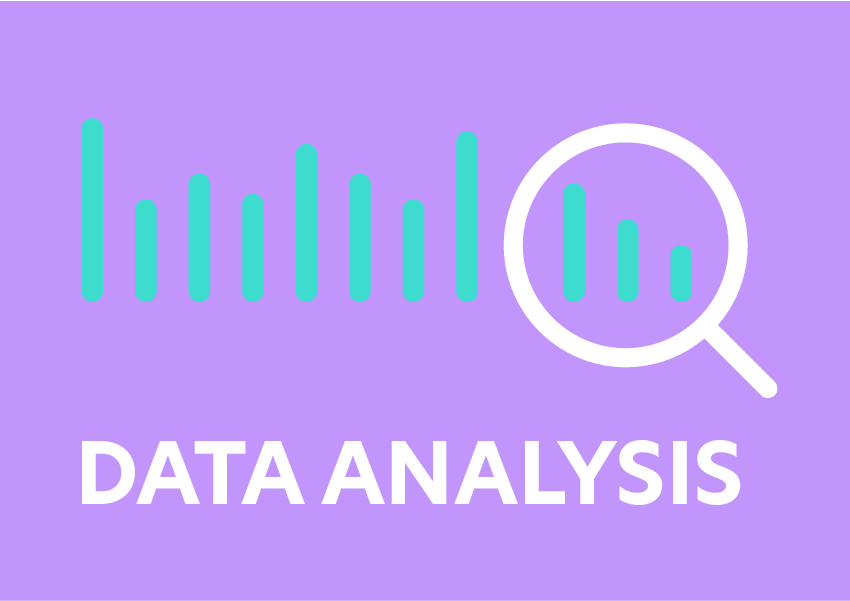
The Higher Education Statistics Agency (HESA) developed the Socioeconomic Index for Small Areas (SEISA) dataset in 2021 with the aim of creating a standardised indicator of deprivation across the entire UK, down to Output Area (OA) level.
It has been developed to broadly highlight socioeconomic inequalities down to a small neighbourhood level, and to be used by admissions departments in higher education to assess the background of applicants.
Whereas the Indices of Deprivation (IoD) are created individually for each country within the UK, SEISA instead takes nationally available figures to create a measure which can be applied across the entire UK.
This has the advantage of allowing close comparison between two areas within the UK, however SEISA’s more narrow methodological scope means it is not necessarily comparable to the IoD as an indicator, and instead should be considered a complementary measure.
SEISA measures deprivation by combining two metrics at OA level:
These figures are then simply averaged to create a singular figure for each OA across the UK. HESA opted to use these figures as they deemed them to be the most broadly representative indicators of deprivation. HESA considered additional measures like housing quality, however poor housing quality is usually a result of low income.
As low income often results from access to employment and the education levels that allow for higher-paying jobs, HESA chose to keep the measure simply focused on education & employment. You can read the full technical report here for more details, with a full explanation of the measures chosen within Section 3.
Currently the SEISA dataset uses census data from 2011, however they are looking to update the measure with 2021 census data, once statistical geographies from all UK countries have been released.
SEISA’s strength lies in its ability to highlight broad educational and economic inequalities at a small level between any area of the UK.
Here are some of the key benefits of SEISA:

The main limitation of SEISA is that it relies on only two indicators, whereas deprivation is much more multifaceted than this.
SEISA claims to be a UK wide measure of deprivation, however it only assesses education & employment. The IoD considers seven domains of deprivation, including income, employment, education, health, crime, access to housing and services, and living environment, which are then weighted and combined to form the overall measure of multiple deprivation.
Other limitations of SEISA include:
You can use Local Insight to start exploring different datasets, and how they can provide new analysis of the areas that matter most to you.
Both SEISA and the IoD are available to use and explore within Local Insight, along with more than 1000 small-area socio-economic datasets available.
In addition, Local Insight allows you to:
To learn more and explore this data yourself, book a demo today.
As we enter the UK’s summer months, we’re looking at the ways…
More
Active Essex, in partnership with Essex County Council and Thurrock Council,…
More
Local Insight is now hosting over 330 new indicators from Scotland’s 2022…
More